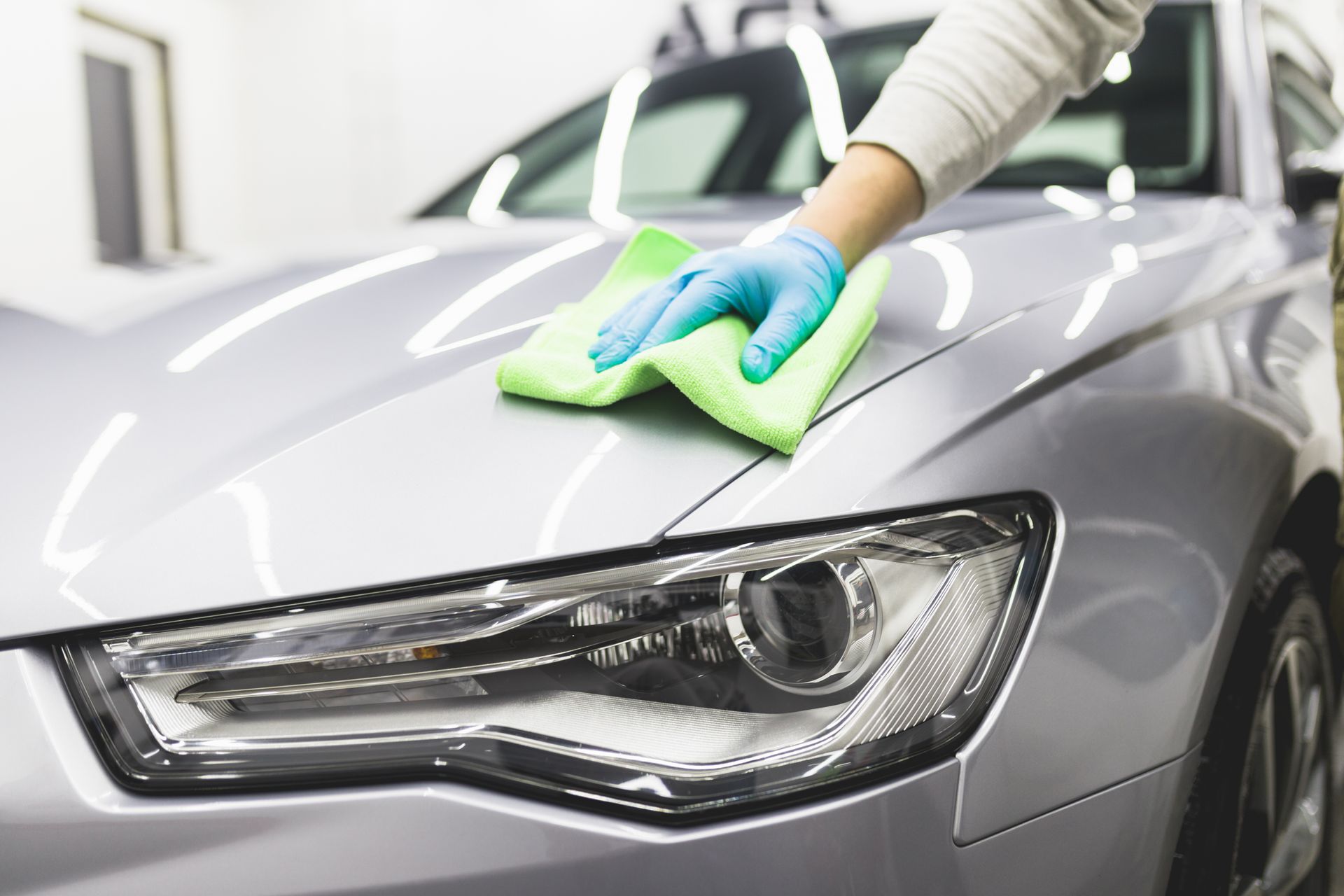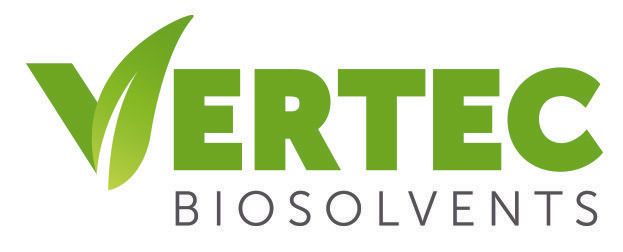The Difference Between Water Based Cleaners and Solvent Based Cleaners
February 1, 2023

The cost of consumer goods and industrial equipment is skyrocketing, and the best way to protect an investment is to keep it clean. Cleaning a product makes it look better, of course, but proper cleaning can also keep equipment running smoothly. To protect their investment, consumers and businesses are buying more cleaning products than ever before, and this is creating a demand for better cleansers. Manufacturers are stepping up to the challenge by introducing the most powerful water-based and solvent based cleansers available.
But what are the differences between a water-based and a solvent based cleaner?
The most obvious difference is that one has water as its main ingredient and the other has oil or petroleum distillates. The other differences are more subtle, but just as important.
Both types of cleaners have different physical and chemical properties that make them suitable for different applications, for example, and both have their advantages and drawbacks. Understanding the differences between a water based and a solvent based cleaner can help consumers choose the right cleaning product for every application.
What is a Water-Based Cleaner?
As their name suggests, water-based cleaners use water as the primary solvent. They also contain detergents, pH modifiers, builders, chelating agents, or other compounds with stronger cleaning power. Adding these extra ingredients enhances the products’ cleaning properties and makes them suitable for a larger variety of applications.
Most water-based cleaners also use acidic or alkaline ingredients.
Acidic compounds
Scientists use pH as a measure of a compound’s acidity. pH levels range from 0 to 14. Water is neutral with a pH of 7; compounds with a pH less than 7 are acidic, while those with a pH greater than 7 are alkaline.
Acidic compounds typically include citric acid and/or acetic acid. Citric acid is a mild organic acid found in lemon juice. Vinegar is about 4 to 6 percent acetic acid in water. In fact, acetic acid gives vinegar its characteristic color and its cleansing power. Acetic acid helps break down the structure of some stubborn oils, dirt, stains, films, and bacteria.
Ammonia and bleach are alkaline compounds, which are good for cleaning dirt stains, oils, greases, and other organics.
What is a Solvent Based Cleaner?
Solvent cleaners break down oils into smaller particles or dilute substances, and carry them into the solution for easy removal.
Because of their superior cleaning abilities and versatility, solvent cleaners are popular for industrial cleaning. Available in a range of potency from mild to strong, solvent cleaners remove thick oil, dirt, solder flux, and grease.
Oxygenated, hydrocarbon, and halogenated solvents
The most common solvent cleaners include oxygenated, hydrocarbon, and halogenated cleaning solvents.
Oxygenated solvents have a chemical structure that contains carbon atoms, hydrogen atoms and oxygen atoms. These solvents have an exceptionally high rate of purity, largely due to the refinement process that occurs in the last stages of production. Alcohols, glycol ethers, and ketones are types of oxygenated solvents.
Hydrocarbon solvents can easily penetrate small, hard to reach places to remove dirt and grease. These solvents do not use water, which means water won’t become trapped inside machines, where it can cause rust.
Halogenated solvents contain a halogen, such as chlorine, bromine or iodine. These cleaning solvents are useful for removing flux from circuit boards and for degreasing small metal parts.
The Difference between Water Based Cleaners & Solvent Based Cleaners
Flammability
Water-based solvents are non-flammable. While many manufacturers formulate their solvent-based cleaners to minimize or eliminate flammability, some solvent-based cleaners are still flammable.
Surface Tension
Surface tension causes a layer of liquid to behave like an elastic sheet or skin; it allows objects with a higher density to float on the surface without becoming submerged. Unfortunately, high surface tension can also prevent the cleanser from reaching the surface of the object being cleaned - and from reaching the dirt and grime on that surface.
Water-based cleaners often have a higher surface tension than do solvent based cleaners, so they bead up and float above the grime. Solvent cleaners have less surface tension than do their water-based counterparts, so solvent cleaners have a better ability to wet and penetrate the surface.
Evaporation Rate
Evaporation changes liquids into a gas. Cleansers evaporate at different rates, depending on how much water they contain: solvent-based cleansers evaporate faster than do water-based products, although manufacturers often add chemicals to their solvent-based cleansers to slow down the evaporation rate.
Cleansers with slower evaporation rates allow more time for cleansing, but require rinsing after application to remove the grime. Cleansers with faster evaporation rates allow less time for cleansing, but do not necessarily require rinsing.
Some solvent-based cleansers volatile organic compounds (VOCs) readily evaporate at room temperature. In a gaseous state, VOCs can cause harm to the environment and to health. To reduce potential harm, consumers and companies should use these cleansers in a well-ventilated area.
Temperatures
Water-based cleansers are most effective at room temperature, although some work at temperatures as warm as 80 degrees C. Some solvent-based cleaners can work well across a much wider range of temperatures, from below freezing to more than 200 degrees C.
Which Type of Cleaning Solvent Should You Purchase?
Both water- and solvent-based cleansers have the potential to perform well to remove natural oils, wax or other types of grime from surfaces, although their ability to clean depends largely on three factors:
- The type of dirt, oil or grime being removed from the surface – cleaning agent that works well on removing soil may be ineffective at removing machine grease, for example
- The substate, or material being cleaned – a cleanser made for cleaning stainless steel may not work well on glass lenses
- The process requirements and constraints – a cleaning solvent made for machine grease may not be appropriate for cleaning a liquid oxygen line
A cost-effective, yet high-powered cleaner, VertecBio™ Citrus solvent cleaner products provide a better alternative to d-limonene, xylene, and toluene solvents. This product works well on products work well on epoxy, polyurethane, resins, paints, coatings, and inks.
As a rule of thumb, water-based cleaners are the right choice for cleaning an item without damaging the paint or surface of the item, while solvent-based cleansers are better for cleaning jobs in which damage is not a concern. Water-based cleaners are appropriate for both interior and exterior car care, for example, while solvent based cleansers are often the better choice for industrial cleaning.
When flushing paint lines, or cleaning spray guns, paint booths, oily materials and adhesives, VertecBio™ Citrus is the clear choice. This cost-effective, high-powered cleaning solvent is the superior alternative to d-limonene, xylene, and toluene solvents. Contact Vertec Biosolvents for more information.



